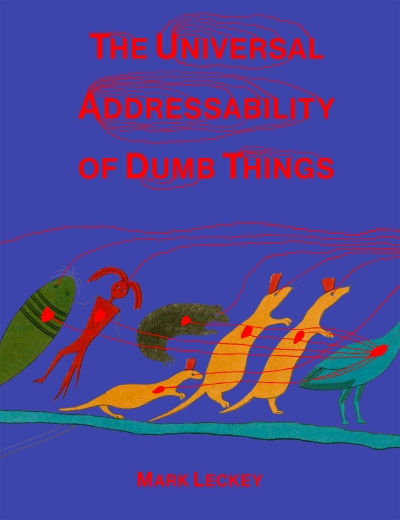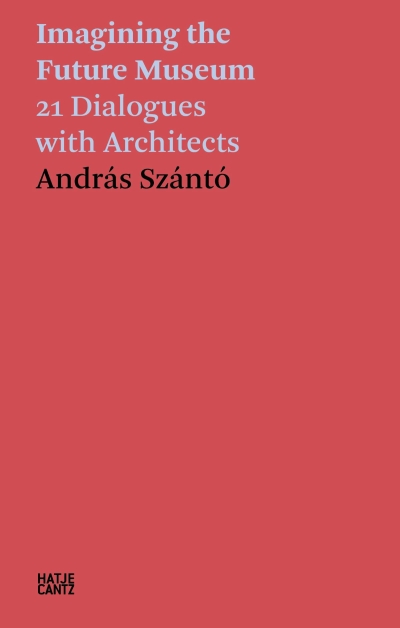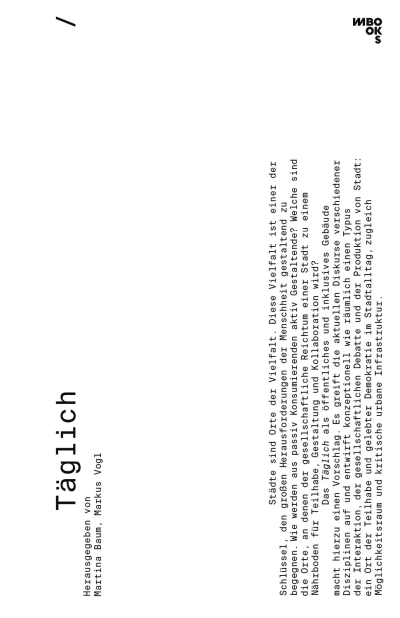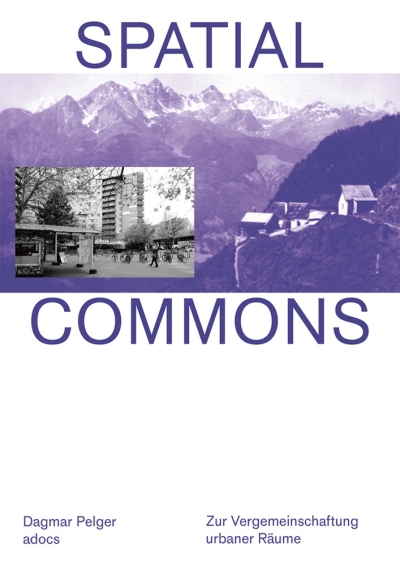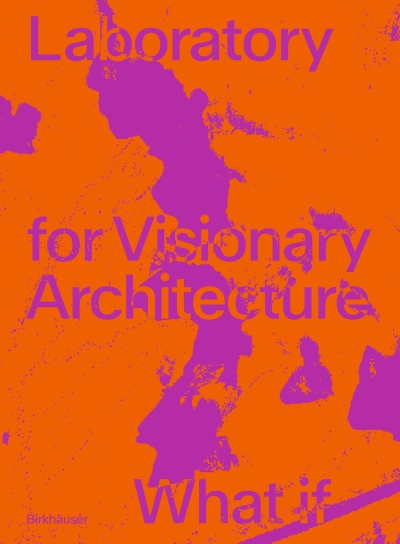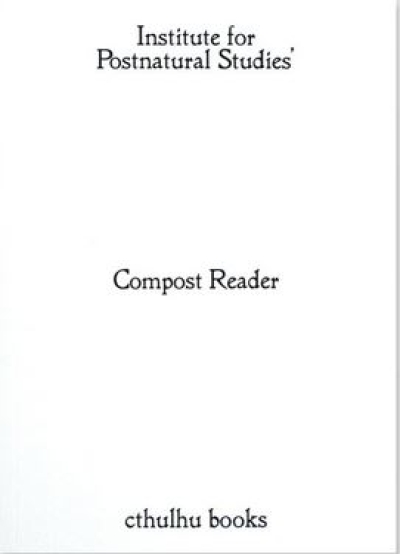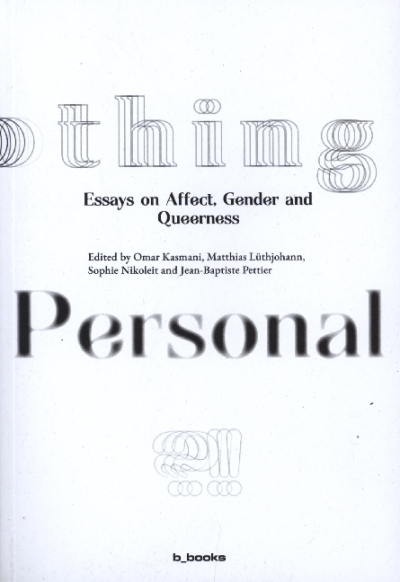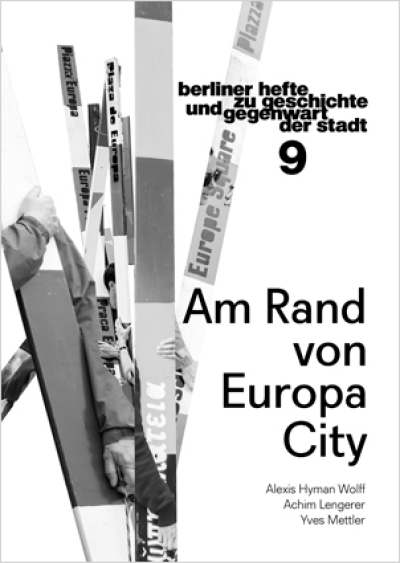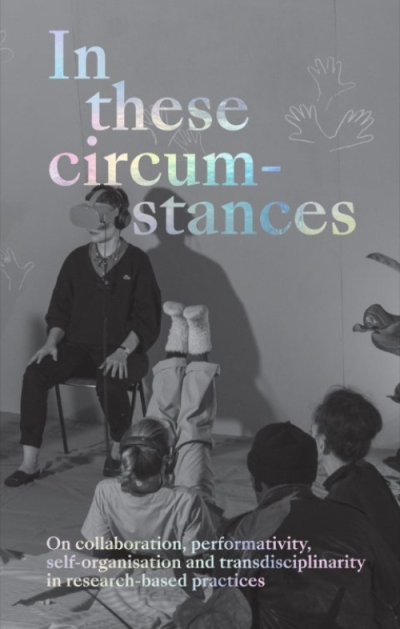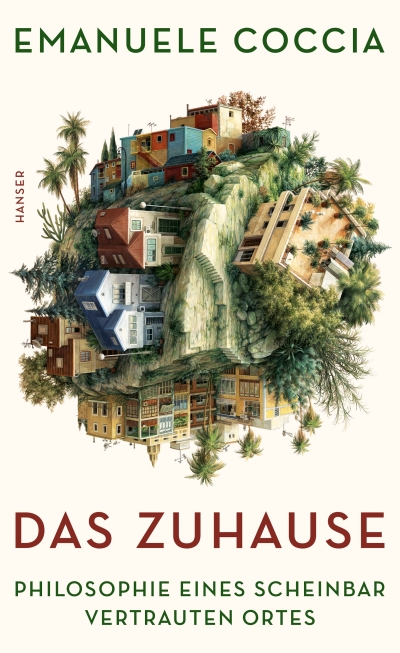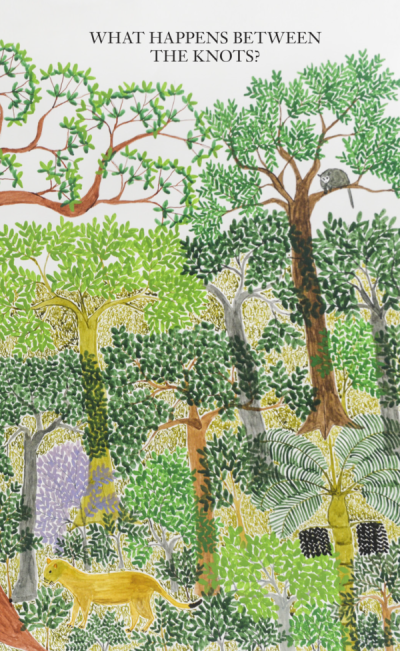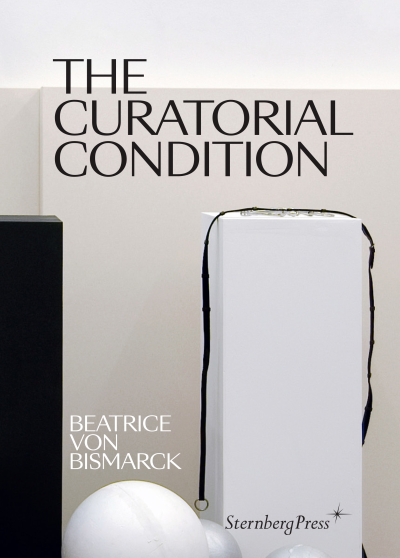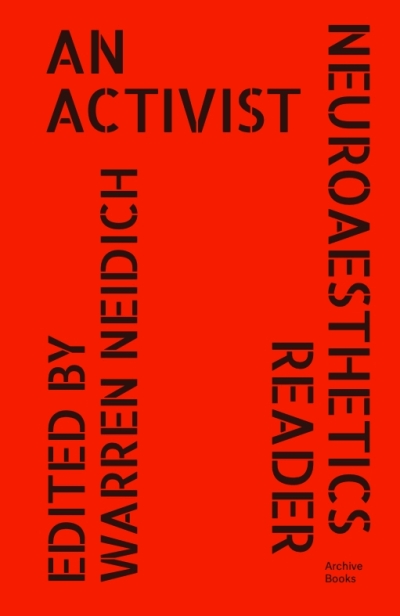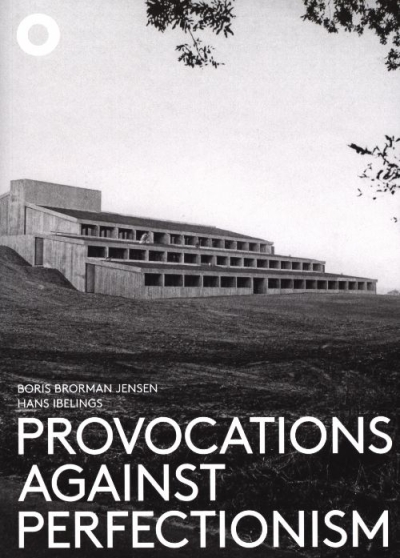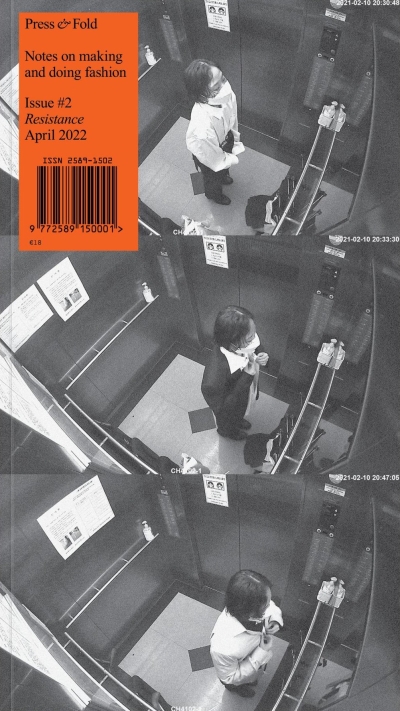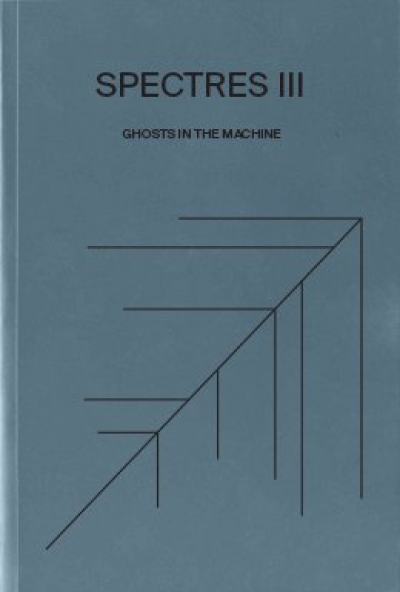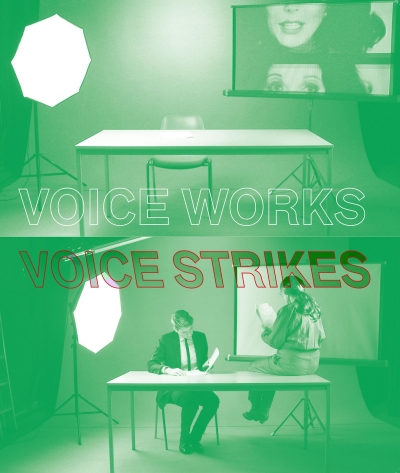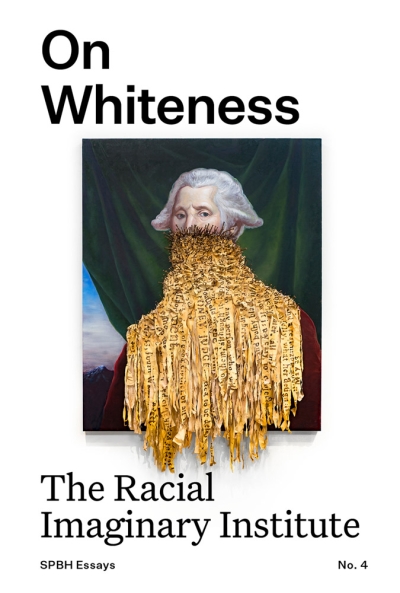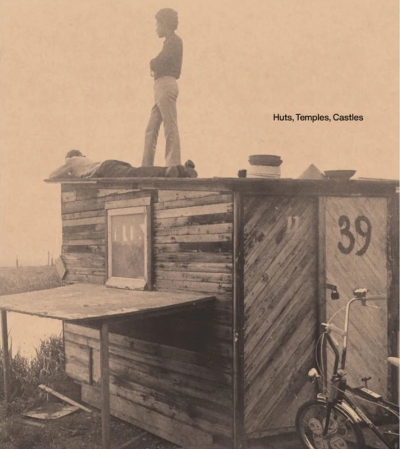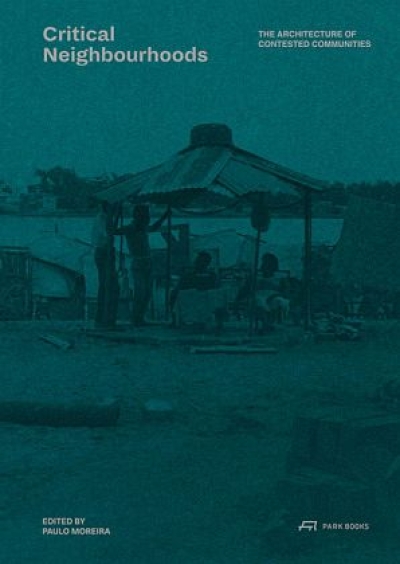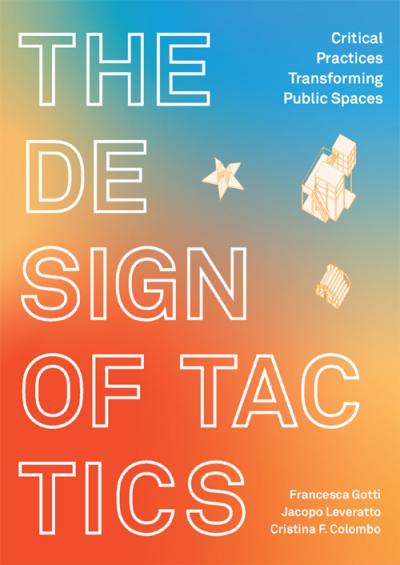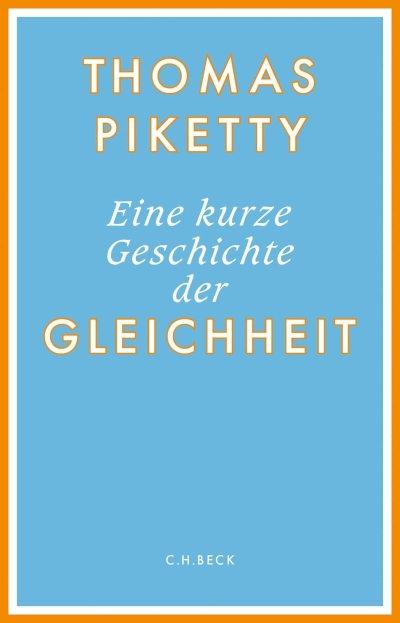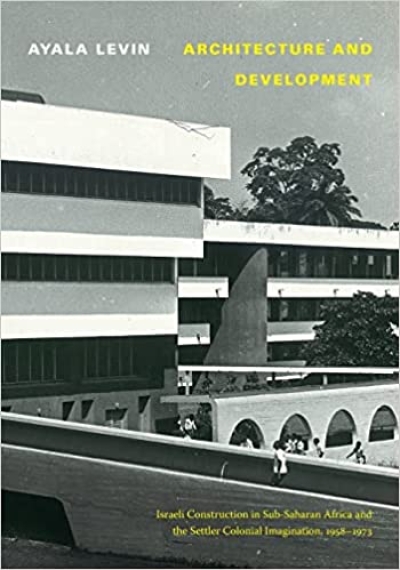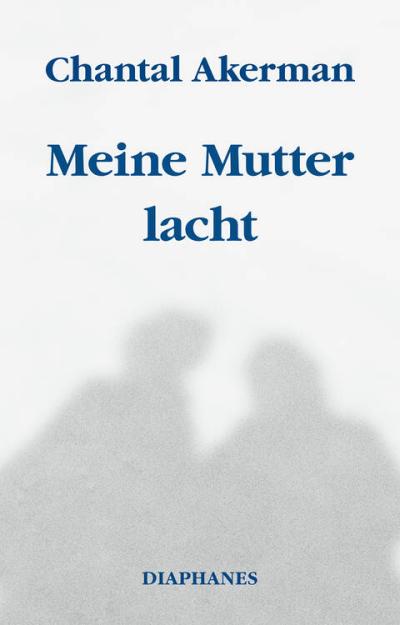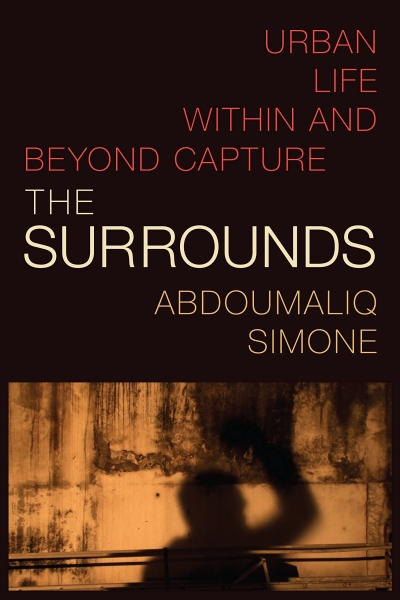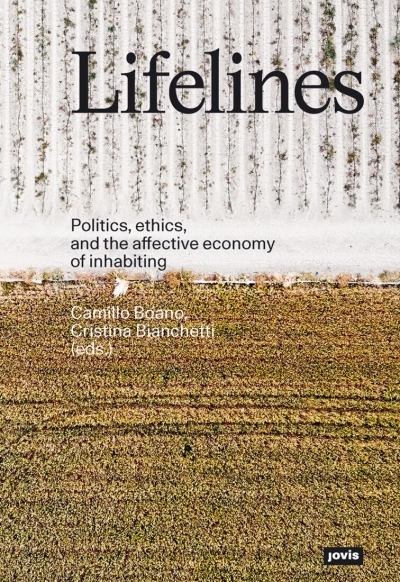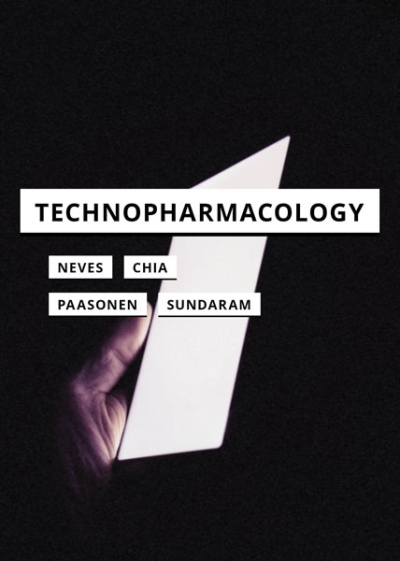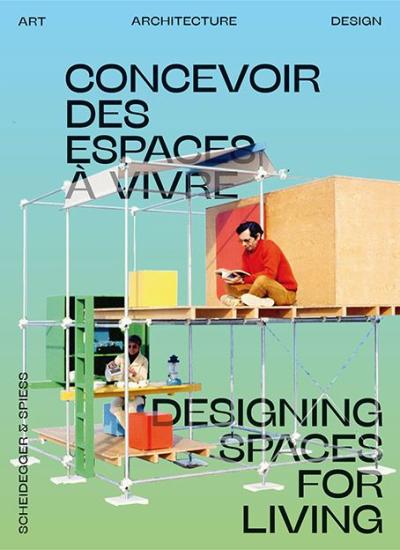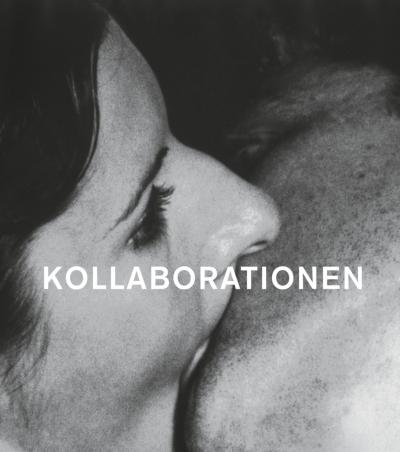Michael Rawson
The Nature of Tomorrow. A History of the Environmental…
András Szántó
Imagining the Future Museum. 21 Dialogues with Architects
Hiuwai Chu, Meagan Down, Nkule Mabaso,…
CLIMATE. Our Right to Breathe
Patricia Ribault
Design, Gestaltung, Formatività
Martina Baum, Markus Vogl (Hg.)
Täglich. Warum wir Öffentlichkeit, öffentlichen Raum und…
Stuart Hyatt, Janneane Blevins &…
Stations. Listening to the Deep Earth
Anne Davidian, Laurent Jeanpierre (Eds.)
What Makes an Assembly? Stories, Experiments, and Inquiries
Ingo Offermanns (Ed.) Dokho Shin &…
Graphic Design Is (...) Not Innocent: Scrutinizing Visual…
Silke Langenberg (Hg.)
Upgrade: Making Things Better
Christiane Sauer, Mareike Stoll, Ebba…
Architectures of Weaving
Wilfried Wang (Hg.)
On the Duty and Power of Architectural Criticism
Christian Sander
Claude Parent, Paul Virilio - Architecture Principe. Formen…
Marie-France Rafael
Passing Images. Art in the Post-Digital Age
Mohsen Mostafavi (ed)
Manfredo Tafuri. Modern Architecture in Japan
Material Cultures
Material Cultures: Material Reform. Building for a Post-…
Leonhard Laupichler & Sophia…
New Aesthetic 3. A Collection of Experimental and…
Sven Lütticken
Art and Autonomy. A Critical Reader
Christian Brox (Brox+1)
BERLIN POSSIBILITY. Rave in Ruinen. Clubkultur 1990 bis…
Florian Strob (Hg.)
Architect of Letters. Reading Hilberseimer
Wolfgang Thöner, Florian Strob, Andreas…
Linke Waffe Kunst. Die Kommunistische Studentenfraktion am…
bell hooks
Dazugehören. Über eine Kultur der Verortung
Florian Idenburg, LeeAnn Suen,…
The Office of Good Intentions. Human(s) Work
Peter Kiefer, Michael Zwenzner (Hg.)
Exhibiting SoundArt
Jesko Fezer
Umstrittene Methoden. Architekturdiskurse der…
Angelika Juppien, Richard Zemp,…
Atlas des Dazwischenwohnens. Wohnbedürfnisse jenseits der…
Joerg Franzbecker, Naomi Hennig,…
X Properties. Berliner Hefte zu Geschichte und Gegenwart…
Lauren Berlant
On the Inconvenience of Other People
Stefano Harney, Fred Moten
Allseits unvollkommen. Plantokratie und schwarzes Studium
Lucius Burckhardt
Gerade noch gutgegangen. Fünf Jahrzehnte Planungskritik
Vittoria Pavesi (Hg)
The Missing Planet. Visions and Re-Visions of Soviet Times
Gottfried Schnödl, Florian Sprenger
Uexkülls Umgebungen. Umweltlehre und rechtes Denken
Gottfried Schnödl, Florian Sprenger
Uexküll's Surroundings. Umwelt Theory and Right-Wing…
Charles L. Davis II
Building Character.The Racial Politics of Modern…
Teddy Cruz, Fonna Forman
Spatializing Justice. Building Blocks
Jacopo Galimberti
Images of Class. Operaismo, Autonomia and the Visual Arts (…
Frida Grahn (Hg.)
Denise Scott Brown. In Other Eyes. Portraits of an Architect
Dagmar Pelger
Spatial Commons. Zur Vergemeinschaftung urbaner Räume
Michael Franz, Fabian Ginsberg (Hg.)
Strategien der Aufstandsbekämpfung. Kunst
David Sim
Sanfte Stadt. Planungsideen für den urbanen Alltag
Tobias Wallisser, Alexander Rieck
LAVA Laboratory for Visionary Architecture. What If
Hannah Black
Tuesday or September or the End
Adrienne Buller, Mathew Lawrence
Owning the Future. Power and Property in the Age of Crisis
Sianne Ngai
Das Niedliche und der Gimmick. Zwei ästhetische Kategorien
Mathias Denecke, Holger Kuhn, Milan…
Liquidity, Flows, Circulation. The Cultural Logic of…
Bernard Fibicher (Hg)
Resistance Anew: Artworks, Culture, & Democracy (…
Reto Geiser, Michael Kubo (Hg)
Futures of the Architectural Exhibition.
Institute for Postnatural Studies
Compost Reader
Benjamin Bratton
Die Realität schlägt zurück. Politik für eine…
Rolf Lindner
In einer Welt von Fremden. Eine Anthropolgie der Stadt
Lorenzo Fabian & Ludovico Centis
The lake of Venice. A scenario for Venice and its lagoon
Peter Osborne
Crisis as Form
Leslie Kern
Gentrification Is Inevitable and Other Lies
Arch+ Zeitschrift für Architektur und…
Arch+ 249. Learning Spaces
Ergül Cengiz, Burcu Dogramaci, Philipp…
Exzentrische 80er: Tabea Blumenschein, Hilka Nordhausen,…
Omar Kasmani, Matthias Lüthjohann,…
Nothing Personal?! Essays on Affect, Gender and Queerness
Sinthujan Varatharajah, Hilal Moshtari
Englisch in Berlin. English in Berlin
Ina Blom
Houses to Die In. And Other Essays on Art
Erik Spiekermann
Stop Stealing Sheep & Find out how type works. 4th…
Luka Holmegaard
Look
IDEA Magazine
IDEA 399. In the Design Field, Today: Thought and Practice…
Verena von Beckerath, Barbara Schönig (…
Drei Zimmer, Küche, Diele, Bad. Eine Wohnung mit Optionen
Tresor
Tresor: True Stories: The Early Years
Alexis Hyman Wolff, Achim Lengerer,…
Berliner Hefte zu Geschichte und Gegenwart der Stadt #9. Am…
Philippine Hoegen (Ed.)
In these circumstances. On collaboration, perfomativity,…
Emanuele Coccia
Das Zuhause. Philosophie eines scheinbar vertrauten Ortes
Jeanne Gerrity, Anthony Huberman (Eds.)
What happens between the knots? A Series of Open Questions…
Beatrice von Bismarck
The Curatorial Condition
Dimitra Kondylatou, Milica Ivic, David…
Architectures of Healing. Cure through Sleep, Touch, and…
Warren Neidich (Ed)
An Activist Neuroaesthetics Reader
gestalten, ArchDaily, Rosie Flanagan,…
The ArchDaily Guide to Good Architecture. The Now and How…
B. B. Jensen, H. Ibelings (eds.)
Provocations Against Perfectionism: The Architecture of…
Hanka van der Voet (ed.)
Press & Fold #2: "Resistance" (Notes on…
François Bonnet, Bartolomé Sanson (eds.)
Spectres III. Ghosts in the Machine / Fantômes dans la…
Jack Clarke & Sami Hammana (Hg)
The Geofinancial Lexicon
Kerstin Honeit, Fiona McGovern (Hg.)
Kerstin Honeit. Voice Works Voice Strikes
Claudia Rankine
On Whiteness. The Racial Imaginary Institute
Deutsche Wohnen & Co enteignen (Hg)
Wie Vergesellschaftung gelingt. Zum Stand der Debatte
Beatriz Colomina, Ignacio G. Galán,…
Radical Pedagogies
Anouchka Grose, Robert Brewer Young
Uneasy Listening. Notes on Hearing & Being Heard
Ursula Schulz-Dornburg
Huts, Temples, Castles
Paulo Moreira (Ed.)
Critical Neighbourhoods. The Architecture of Contested…
Muñoz Sanz, V., Thomidou, A., eds.
Roadside Picnics: Encounters with the Uncanny
Francesca Gotti, Jacopo Leveratto,…
The Design of Tactics. Critical Practices Transforming…
Thomas Piketty
Eine kurze Geschichte der Gleichheit
Mary Pepchinski, Christina Budde (eds.)
Women Architects and Politics. Intersections between Gender…
Ayala Levin
Architecture and Development. Israeli Construction in Sub-…
Chantal Akerman
Meine Mutter lacht
AbdouMaliq Simone
The Surrounds. Urban Life within and beyond Capture
Ash Amin, Michele Lancione (Hg)
Grammars of the Urban Ground
Mick Smith, Jason Young
Does the Earth Care? Indifference, Providence, and…
Geert Lovink
In der Plattformfalle. Plädoyer zur Rückeroberung des…
Camillo Boano, Cristina Bianchetti (eds…
Lifelines. Politics, Ethics, and the Affective Economy of…
Casey Mack
Digesting Metabolism. Artificial Land in Japan 1954-2202
Joshua Neves, Aleena Chia, Susanna…
Technopharmacology
Simon Lamunière (ed.)
Open House. Designing Spaces for Living / Concevoir des…
Heike Eipeldauer, Franz Thalmair (Hg.)
Kollaborationen. Künstlergruppen, kollaboratives Arbeiten…
Andrew Zitcer
Practicing Cooperation. Mutual Aid beyond Capitalism
Florian Kaiser, Guobin Shen
Florian Kaiser and Guobin Shen. Unfertige Häuser 未完的建築 (…
